A better way to clear the screen from within a script...
If you're using the OS X Terminal app (as stated by the OP), a better approach (thanks to Chris Page's answer to How do I reset the scrollback in the terminal via a shell command?) is just this:
clear && printf '\e[3J'
or more concisely (hat tip to user qiuyi):
printf '\33c\e[3J'
which clears the scrollback buffer as well as the screen. There are other options as well. See Chris Page's answer to How do I reset the scrollback in the terminal via a shell command? for more information.
Original answer
The AppleScript answer given in this thread works, but it has the nasty side effect of clearing any terminal window that happens to be active. This is surprising if you're running the script in one window and trying to get work done in another!
You avoid this by refining the AppleScript to only clear the screen if it is frontmost by doing this (taken from MattiSG's answer to How do I reset the scrollback in the terminal via a shell command?):
osascript -e 'if application "Terminal" is frontmost then tell application "System Events" to keystroke "k" using command down'
... but as when it's not the current window, the output will stack up until it becomes current again, which probably isn't what you want.
